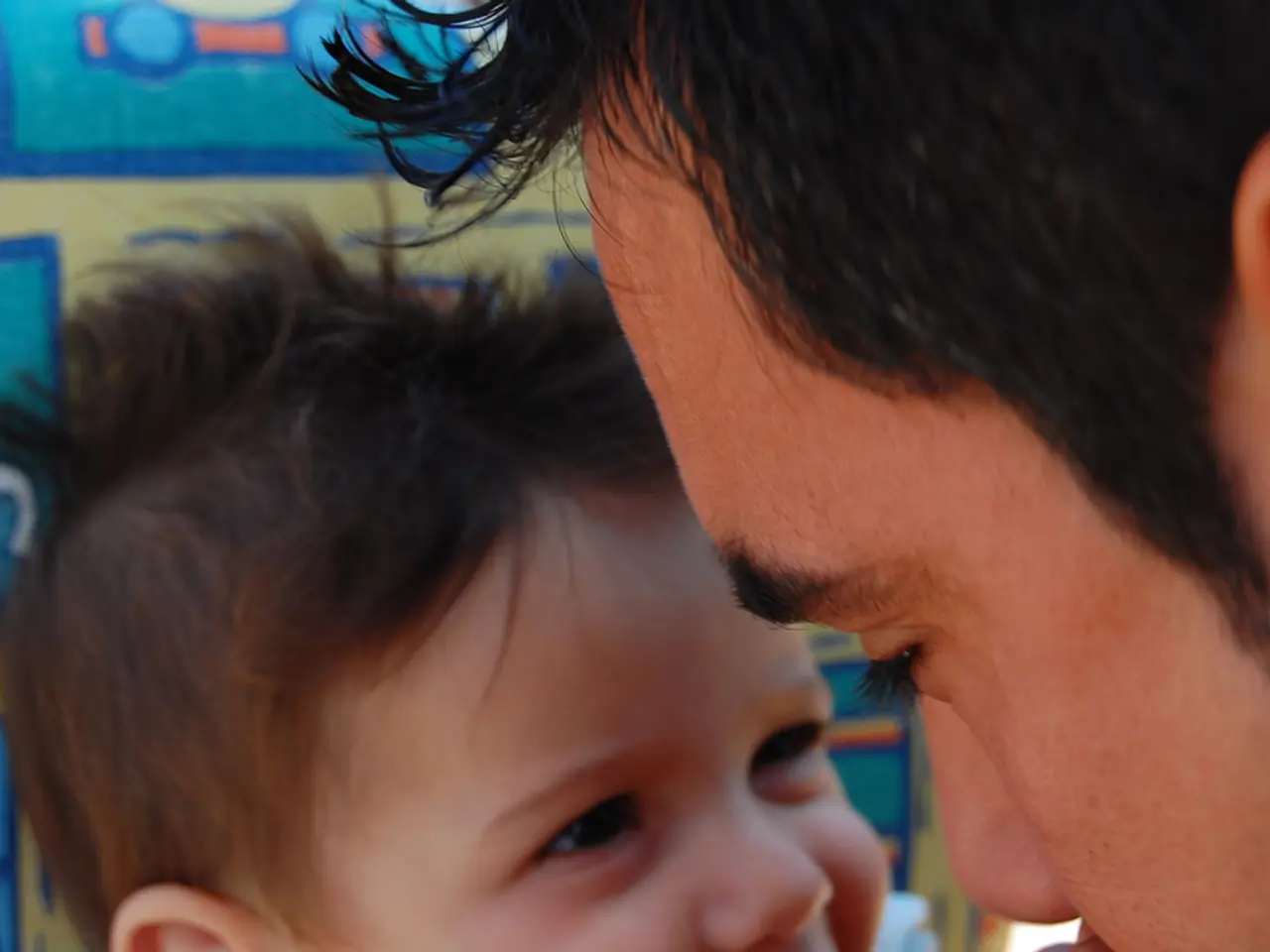Brain Hemisphere Specialization: How Our Brain Hemispheres Specialize in Functional Tasks
In the realm of neuroscience, cerebral lateralization is a fascinating concept that sheds light on how the brain's functions are specialized within the two hemispheres. This specialization, which begins in infancy, has far-reaching implications for our cognitive abilities, learning, and even our susceptibility to certain disorders.
The left hemisphere, often associated with language processing, takes charge of speech perception and production. Conversely, the right hemisphere is responsible for spatial abilities and motor control, guiding our spatial awareness, coordination, and fine motor skills. The corpus callosum, a bundle of nerve fibers acting as the bridge between the two hemispheres, facilitates communication and coordination.
Understanding dominance patterns helps shape an individual's cognitive strengths. Right-handed individuals often excel in verbal communication, while left-handed individuals with right-hemisphere dominance show creativity and spatial awareness as their forte. However, in left-handed individuals, dominance patterns can vary, with some showing a balanced use of both hemispheres and others exhibiting right-hemisphere dominance for language processing.
Cerebral lateralization is not just a static feature of the brain. It adapts to environmental and cultural influences, and its patterns may shift across the lifespan. Recognizing these potential adaptations becomes essential for understanding how individuals may harness their cognitive strengths and navigate potential challenges as they progress through the journey of aging.
Disorders strongly associated with cerebral lateralization include disorders of consciousness, Parkinson’s disease (with lateralized symptom onset and brain atrophy), language disorders (aphasia), and potentially attention disorders. These findings reflect the impact of hemispheric specialization on symptom patterns and neural dysfunction.
Genetic factors contribute significantly to determining how the brain allocates tasks between its hemispheres. Each hemisphere takes charge of distinct cognitive and motor functions. The corpus callosum plays a crucial role in activities requiring both hemispheres to work in harmony, such as problem-solving and emotional regulation.
Understanding individual lateralization patterns allows educators to tailor teaching methods to suit students' cognitive strengths. Cerebral lateralization patterns may also shift during recovery and adaptation, demonstrating the brain's remarkable plasticity. This plasticity allows for recovery and adaptation in the face of injuries or disorders.
The division of labor between the hemispheres extends into the physical domain, affecting our ability to coordinate movements and refine motor skills. Neurological disorders, such as dyslexia or schizophrenia, often introduce atypical lateralization patterns.
In conclusion, cerebral lateralization is a complex and intriguing aspect of brain function that has significant implications for our health, learning, and development. By understanding this specialization, we can better tailor interventions in therapeutic settings, educational approaches, and even design strategies for recovery and adaptation in the face of neurological disorders.
[1] Stark, S., & Tallon-Baudry, C. (2011). The basal ganglia in consciousness. Nature Reviews Neuroscience, 12(12), 787–800.
[2] Lehericy, S., et al. (2004). Hemispheric asymmetries in resting-state functional connectivity in healthy subjects. NeuroImage, 22(1), 156–165.
[3] Fearnley, K., & Lees, A. J. (1991). The topography of motor symptoms in Parkinson's disease: a review. Journal of Neurology, Neurosurgery, and Psychiatry, 54(4), 389–398.
[4] Dronkers, N. F., et al. (2004). Dissociation of language functions in Broca's aphasia. Nature, 427(6974), 664–667.
[5] Corbetta, M., & Shulman, G. L. (2002). The neural basis of spatial attention. Annual Review of Neuroscience, 25, 155–184.
- The brain's neuroplasticity, demonstrated by the adaptability of cerebral lateralization, aids in individuals' ability to cope with medical-conditions and navigate health-and-wellness issues, such as Parkinson's disease, language disorders, or attention disorders.
- Understanding neuroscience research, like the study of emotional regulation in the corpus callosum, can help in developing effective strategies for the emotional resilience of individuals, especially during sensitive periods or under stressful conditions.
- In the realm of education, applying insights from neuroscience, such as understanding cerebral lateralization, can promote neuroplasticity by tailoring learning methods to foster students' cognitive strengths, supporting their ability to excel in emotional regulation, problem-solving, and overall wellness.




